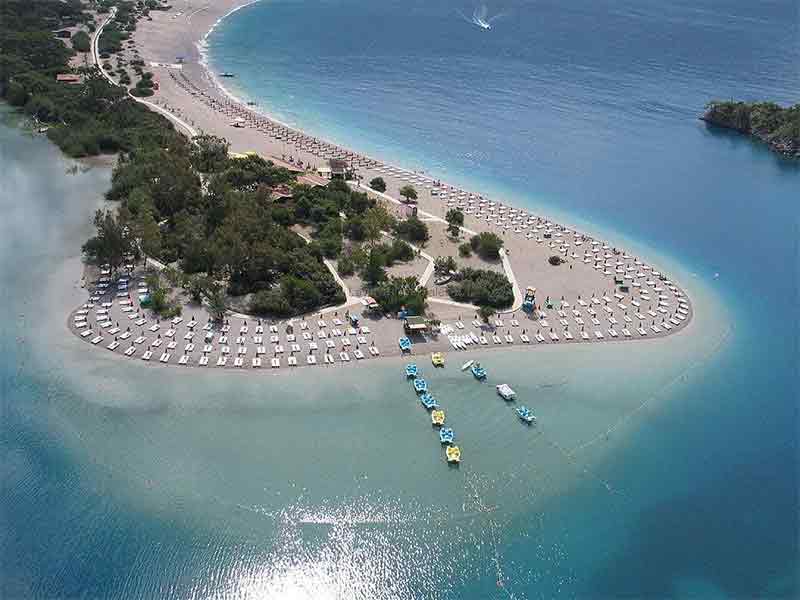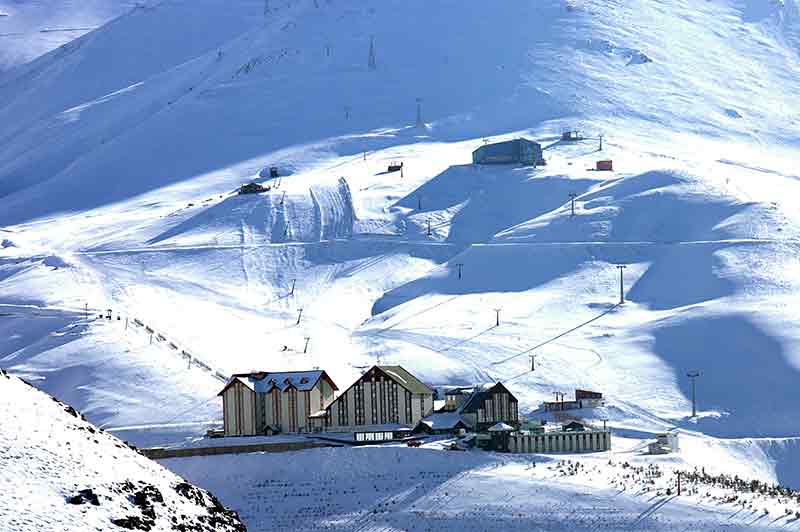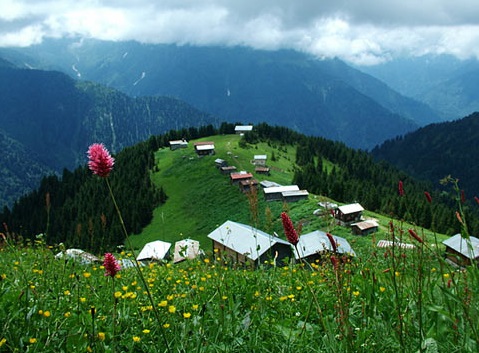Introduction Geography And Climate Etymology And History Culture Economy
Turkey is a transcontinental Eurasian country. Asian Turkey (made up largely of Anatolia), which includes 97% of the country, is separated from European Turkey by the Bosporus, the Sea of Marmara, and the Dardanelles (which together form a water link between the Black Sea and the Mediterranean). European Turkey (eastern Thrace or Rumelia in the Balkan peninsula) includes 3% of the country.The territory of Turkey is more than 1,600 kilometres (1,000 mi) long and 800 km (500 mi) wide, with a roughly rectangular shape.Turkey's area, inclusive of lakes, occupies 783,562 square kilometres (300,948 sq mi),of which 755,688 square kilometres (291,773 sq mi) are in Southwest Asia and 23,764 square kilometres (9,174 sq mi) in Europe.Turkey's area makes it the world's 37th-largest country, and is about the size of Metropolitan France and the United Kingdom combined.Turkey is encircled by seas on three sides:the Aegean Sea to the west, the Black Sea to the north and the Mediterranean Sea to the south. Turkey also contains the Sea of Marmara in the northwest.

Photo: Ölüdeniz near Fethiye
The European section of Turkey, in the northwest, is Eastern Thrace, and forms the borders of Turkey with Greece and Bulgaria.The Asian part of the country,Anatolia(also called Asia Minor),consists of a high central plateau with narrow coastal plains,between the Köroğlu and East-Black Sea mountain range to the north and the Taurus Mountains to the south.Eastern Turkey has a more mountainous landscape,and is home to the sources of rivers such as the Euphrates,Tigris and Aras,and contains Lake Van and Mount Ararat,Turkey's highest point at 5,165 metres (16,946 ft).

Photo: Winter tourism in Turkey
Turkey is geographically divided into seven regions:Marmara, Aegean, Black Sea, Central Anatolia, Eastern Anatolia, Southeastern Anatolia and the Mediterranean.The uneven north Anatolian terrain running along the Black Sea resembles a long, narrow belt.This region comprises approximately one-sixth of Turkey's total land area.As a general trend,the inland Anatolian plateau becomes increasingly rugged as it progresses eastward.
Turkey's varied landscapes are the product of complex earth movements that have shaped the region over thousands of years and still manifest themselves in fairly frequent earthquakes and occasional volcanic eruptions.The Bosporus and the Dardanelles owe their existence to the fault lines running through Turkey that led to the creation of the Black Sea.There is an earthquake fault line across the north of the country from west to east, which caused a major earthquake in 1999.
Photo: High Platues in Blacksea Region
The coastal areas of Turkey bordering the Mediterranean Sea have a temperate Mediterranean climate, with hot, dry summers and mild, wet and cold winters.Conditions can be much harsher in the more arid interior.Mountains close to the coast prevent Mediterranean influences from extending inland, giving the central Anatolian plateau of the interior of Turkey a continental climate with sharply contrasting seasons.Winters on the plateau are especially severe.Temperatures of −30 °C to −40 °C (−22 °F to -40 °F) can occur in the mountainous areas in the east,and snow may lie on the ground 120 days of the year.In the west, winter temperatures average below 1 °C (34 °F). ummers are hot and dry, with temperatures generally above 30 °C (86 °F) in the day.Annual precipitation averages about 400 millimetres (15 in), with actual amounts determined by elevation. The driest regions are the Konya plain and the Malatya plain, where annual rainfall frequently is less than 300 millimetres (12 in). May is generally the wettest month, whereas July and August are the most dry.


